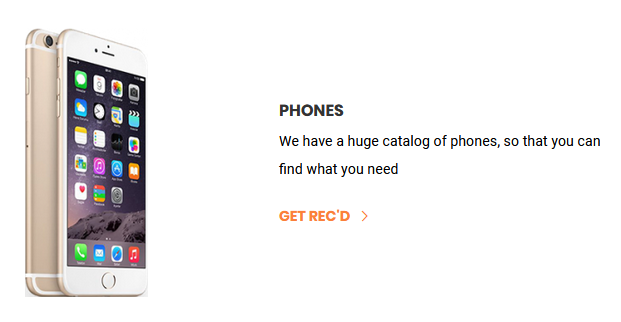When the UK unveils a contact-tracking app it is unlikely to be the same solution as that Apple and Google have been working on.
There have been many concerns over the privacy an app like this will allow its users, the nature of the app is to track anyone and everyone.
The NHS has said that it has found a way to make the software work “sufficiently well”on iPhones, which will not demand the users to keep the application active and on screen.
The limitation to only recording data while the app is being used has already presented itself as an issue in other countries.
Expert from GCHQ have indicated that they have been involved in the project in an advisory role.
“Engineers have met several core challenges for the app to meet public health needs and support detection of contact events sufficiently well, including when the app is in the background, without excessively affecting battery life,” a spokeswoman from NHSX, the health service’s digital innovation unit.
Contact-tracing applications are designed to automatically alert users as to whether they are at high risk of having the virus, this is based on whether someone else they had been in contact with or within range of had been diagnosed with Coronavirus.
It works by logging each time people are within a certain distance of one another, longer than a specified amount of time.
If one of the users then registers themselves as infected, a waterfall effect through the application alerts anyone else in contact with the source, and then alerts the people they have been in contact with.
This will then notify the contact persons to either quarantine themselves or get themselves tested for the virus.
Authorities in many countries have now opted to use a wireless Bluetooth transmission to keep track of each meeting that hits the qualifications.
NHSX has also opted to use this same process, the alerts will also be sent anomalously, this allows the infected party to keep their privacy.
This method also uses a “centralised model” to achieve this, which means that the matching process works out which phones to send alerts to, all happens on a computer server.
This contrasts with Apple and Google’s “decentralised” approach – where the matches take place on users’ handsets.

